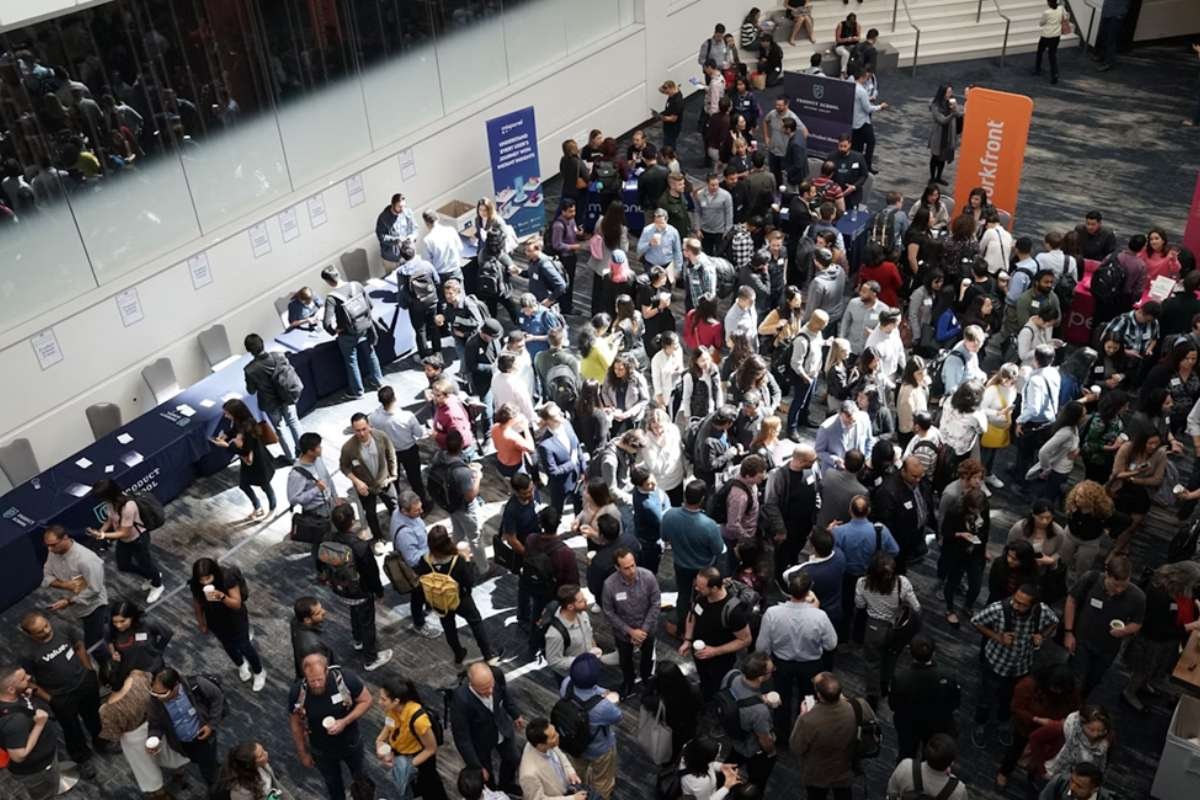Tesla’s Revolutionary Prototype: The Cybercab
Tesla CEO Elon Musk has unveiled the “Cybercab,” a groundbreaking self-driving vehicle that marks a significant step in the evolution of autonomous transportation. Showcased during Tesla’s “We, Robot” event in Burbank, California, the futuristic design of the Cybercab features no steering wheel or pedals, raising the bar for autonomous vehicle development. The vehicle’s sleek cabin has space for only two passengers, and its doors open upward like butterfly wings. Charging is done wirelessly through inductive charging, eliminating the need for a traditional plug.
The vehicle’s primary selling point, according to Musk, is safety. He claims that autonomous driving technology could make cars 10-20 times safer than human-driven vehicles. Additionally, the Cybercab could drastically reduce costs for commuters, operating at approximately $0.20 per mile—much cheaper than the $1 per mile for public transportation options like city buses. Tesla is aiming to launch fully autonomous driving in Texas and California by next year, with production of the Cybercab anticipated by 2026 or possibly later. However, regulatory approvals will be crucial, given that the vehicle’s design lacks conventional driving controls.
Musk’s Broader Vision: AI and Robots
Beyond self-driving cars, Tesla is venturing into robotics and artificial intelligence. The company is working on the Optimus robot, which Musk estimates could be available for around $20,000-$30,000. The robot is expected to perform a wide range of tasks, indicating Musk’s desire to transform Tesla from an electric vehicle (EV) manufacturer into a robotics and AI company. This shift reflects Musk’s ongoing efforts to revolutionize industries through innovation, although some experts question whether Tesla’s approach to autonomy, especially its driver-assist systems, is the right path forward.
Musk’s strategy has been to steer Tesla toward cutting-edge technology like Full Self-Driving (FSD), a system that is not fully autonomous and requires human oversight. FSD, alongside Tesla’s Autopilot system, has faced scrutiny after high-profile accidents, including the death of a motorcyclist earlier this year, allegedly involving FSD. Despite these setbacks, Musk remains optimistic about the future of autonomous vehicles, stating that the technology will not only save lives but also offer substantial time-saving benefits, allowing people to use travel time more productively.
Challenges and Controversies Ahead
Tesla’s bold push for autonomy faces stiff competition and skepticism. Companies like Waymo and Cruise have already logged millions of miles in driverless vehicle testing, often leading the way in the autonomous vehicle space. Despite Tesla’s ambitious goals, these competitors have made significant strides, while Tesla’s technology still faces regulatory challenges and incidents involving crashes and traffic disruptions. Federal safety regulators are closely examining whether autonomous driving technology is ready for widespread use or if it needs further refinement.
Additionally, Tesla has been the subject of lawsuits from families of individuals killed in accidents involving Autopilot. Musk’s controversial tenure as the head of X (formerly Twitter) has also alienated some of Tesla’s customer base, particularly those who disapprove of his public statements on the platform. Nevertheless, Musk’s ability to overcome seemingly insurmountable odds has been demonstrated before, with successes like the Model 3 and the Cybertruck, and it remains to be seen whether Tesla’s Cybercab will live up to its lofty promises.








